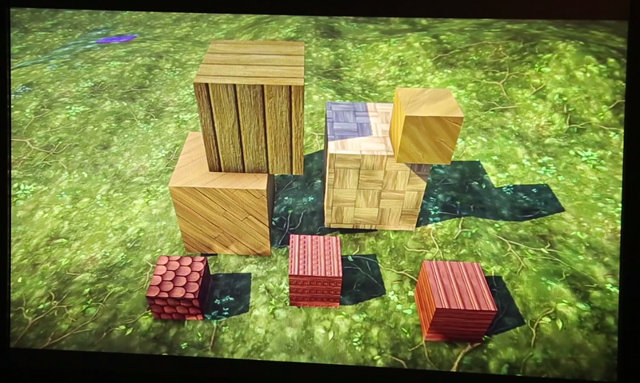When Second Life launched in mid-2003, it was hailed as the fulfillment of the cyberspace siren song tech-futurists like William Gibson and Neil Stephenson had been chanting for decades: a virtual world where you could build anything you could imagine. Yet for all of Second Life's promise as a new frontier of human experience, it never quite caught on. Given the choice, most people flocked to entirely different virtual worlds like Everquest and World of Warcraft: more murderous metaverses called MMOs which sacrificed player-created content for coherent lore and clearly stated player goals.
The reason Second Life never really caught on was because it made a simple mistake: the designers at Linden Lab believed that people wanted a second, entirely digital life even more aimless than their real one. But 10 years after Second Life's launch, the designers behind Sony's next Everquest game (called, appropriately enough, Everquest Next) have channeled some of Second Life's strengths and learned from some of its mistakes. The goal? "Get players to build our game world for us."
In the lead up to Everquest Next, Sony has announced Landmark, a free-to-play, next-gen online sandbox game that essentially acts as a crowdsourced level-maker for its parent MMO. It's a very clever idea. In Landmark, players start out with a copper pick, and are tasked to go out and create objects and structures by harvesting the world for different resources. Players can either build alone, or team into groups to create mega-structures. By chopping wood, harvesting iron, gathering gem stones, smashing apart stone, and so on, players can create houses, highways, castles, structures, and more.
If that sounds a lot like Mojang's breakout hit Minecraft, you're right. Yet what makes Landmark so interesting is that Sony says that the best creations to come out of Landmark will go into Everquest Next. Players who have their Landmark architecture inserted into the MMO proper will be rewarded with in-game loot and experience.
In other words, Landmark is Sony's plan to offload much of the burden of making a living, breathing virtual world onto players. Creating an MMO can take hundreds of designers years to make, yet quickly become stagnant. Sony's plan cuts down on the designers they need on staff to keep Everquest Next looking fresh. And as a bonus, it keeps players invested not just in the characters they've built for themselves, but the world they have helped create.
Clik here to view.

One of Second Life's big problems was that without concrete goals or directions, player's ids expanded to take over the world's limitless digital vacuum. Consequently, the world of Second Life was filled with skyscraper-sized erections and headless land animals the size of whales made of a million lactating breasts. The infinite possibilities of Second Life inspired some diehard fans, but it was also weird, and that weirdness kept the mainstream audience away.
There will be no such problems with Everquest Next. Inspired by the lessons of Second Life, with Landmark, Sony isn't just leveraging the creativity of the community, it's pointing players' ids in a mainstream-friendly direction. Hiro Protagonist would doubtlessly be horrified, but he shouldn't be: when it comes to the mass popularization of cyberspace, it is yet another step in the right direction.